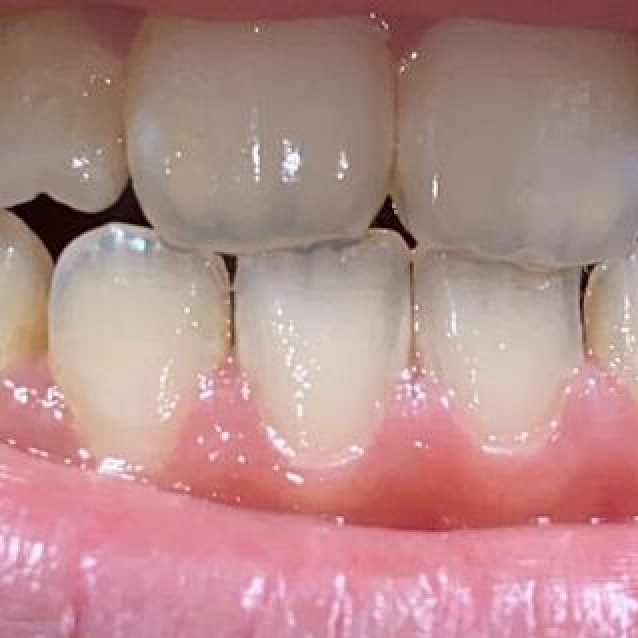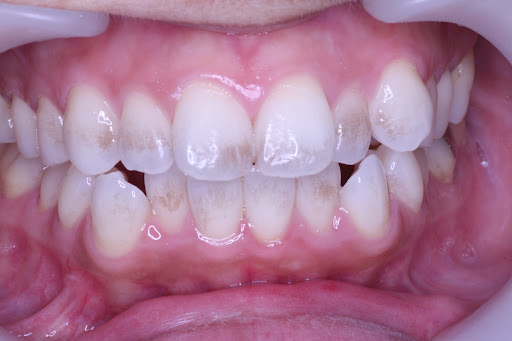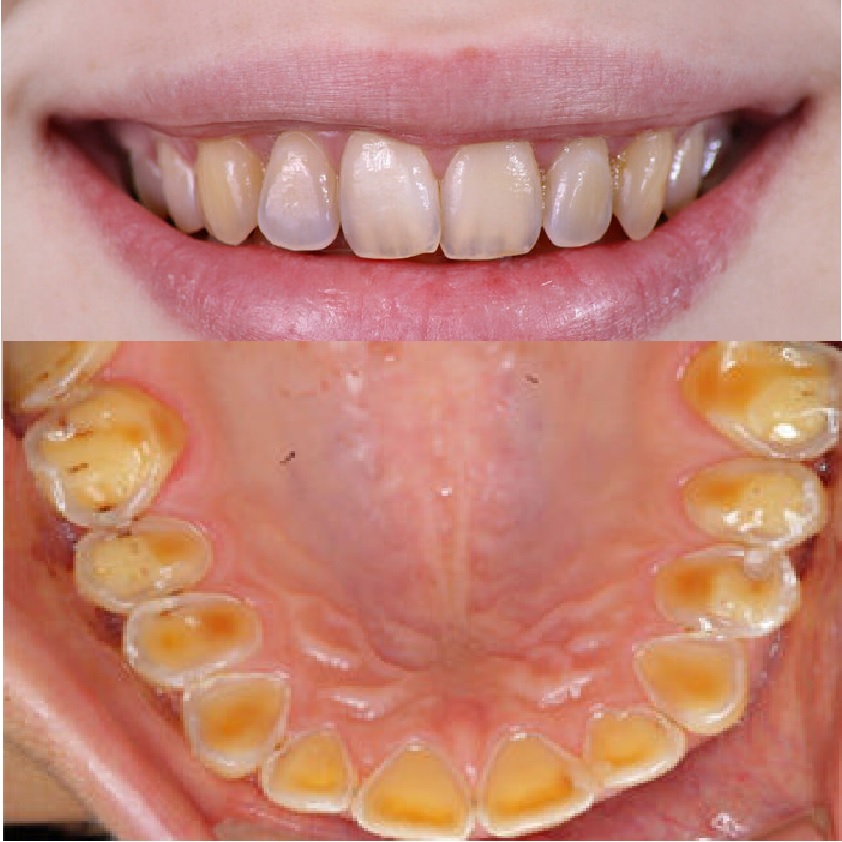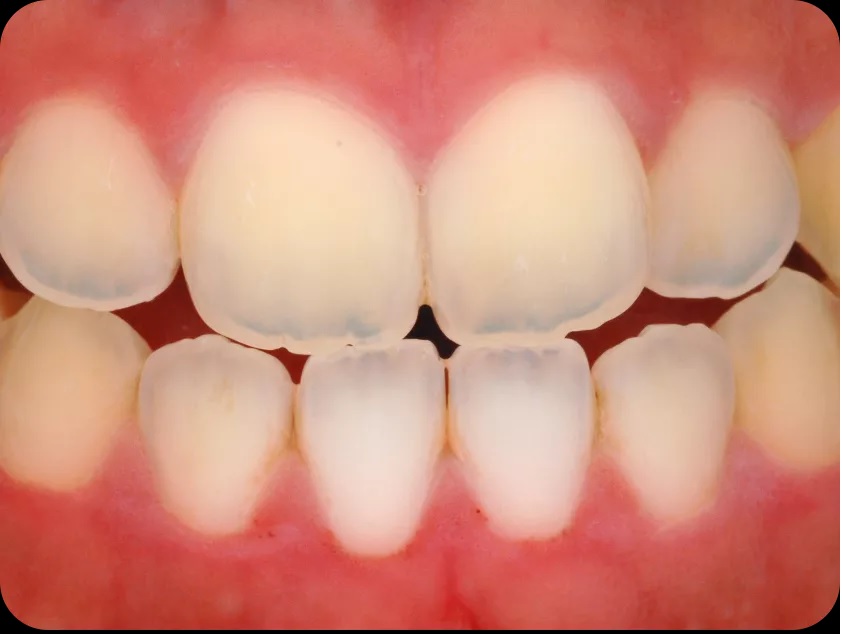Best Dental Treatments for Restoring Translucent Teeth
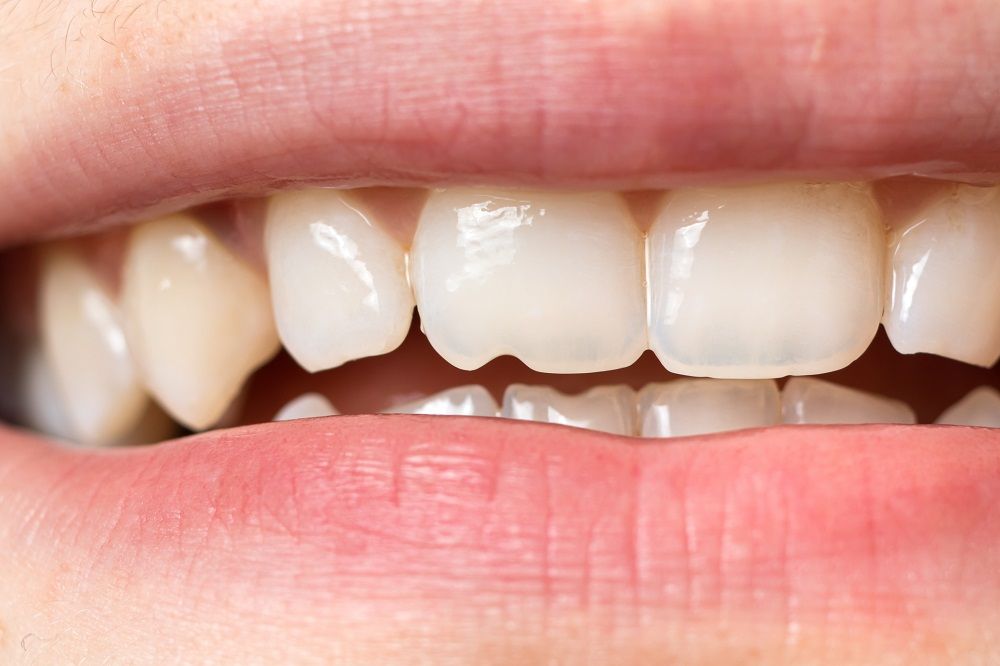
The right treatment for translucent teeth will depend on the extent of enamel erosion, the severity of the translucency, and the patient’s overall oral health. Here are the most effective options:
1. Fluoride Treatments
Fluoride treatments are one of the simplest and most preventive approaches for treating early stages of enamel erosion. Fluoride helps to:
- Remineralize the enamel by replenishing lost minerals.
- Strengthen the enamel against future acid attacks.
- Reduce tooth sensitivity, which is common with translucent teeth.
How It Works: Dentists apply a high-concentration fluoride gel, foam, or varnish to the teeth. This strengthens the remaining enamel and can help slow down further erosion, although it won’t reverse severe translucency.
Best For: Patients with mild enamel erosion or those looking to prevent translucency from worsening.
2. Dental Bonding
Dental bonding is a popular cosmetic procedure for restoring translucent teeth. It involves applying a composite resin to the surface of the teeth, which is then shaped and polished to match the natural tooth color.
How It Works: The dentist applies a tooth-colored resin to the translucent areas of the teeth, which is then cured with a special light to harden it. This treatment adds thickness to the tooth’s surface, protecting the remaining enamel and improving the tooth’s appearance.
Benefits:
- Non-invasive and quick (usually completed in one visit).
- Cost-effective compared to other treatments like veneers.
- Ideal for small areas of translucency.
Best For: Patients with moderate translucency who want a quick and affordable option to restore the appearance of their teeth.
3. Porcelain Veneers
Porcelain veneers are thin, custom-made shells that cover the front surface of the teeth. They are one of the most effective treatments for addressing severe translucency and other cosmetic dental issues.
How It Works: A small amount of enamel is removed from the tooth’s surface to make room for the veneer. The dentist then bonds a custom-made porcelain shell to the front of the tooth, which not only restores its appearance but also adds a layer of protection against further enamel erosion.
Benefits:
- Provides a long-lasting solution (veneers can last 10-15 years or more with proper care).
- Completely restores the appearance of translucent teeth, creating a natural, vibrant smile.
- Resistant to staining and future wear.
Best For: Patients with severe translucency, especially those looking for a durable and long-term cosmetic solution.
4. Enamel Microabrasion
Enamel microabrasion is a less common but effective procedure for addressing surface translucency caused by enamel erosion. It involves the gentle removal of a very thin layer of enamel to improve the tooth’s appearance.
How It Works: A mixture of a mild abrasive and acid is applied to the surface of the tooth to remove a small amount of enamel. This process can remove surface stains and improve the appearance of mild translucency.
Benefits:
- Minimally invasive procedure.
- Ideal for small, surface-level translucency.
- Can be combined with other treatments like bonding or fluoride treatments.
Best For: Patients with minor translucency limited to the outer surface of the tooth.
5. Dental Crowns
Dental crowns are typically used for teeth that have suffered extensive damage, including severe enamel loss. A crown is a cap that fully covers the tooth, protecting it from further damage and restoring its natural appearance.
How It Works: The dentist reshapes the tooth and fits a custom-made crown over it. Crowns can be made of porcelain, ceramic, or metal, depending on the location of the tooth and the patient’s preference. Porcelain crowns are often preferred for front teeth due to their natural appearance.
Benefits:
- Provides full protection for teeth with severe enamel erosion.
- Long-lasting and durable solution (crowns can last 15-20 years).
- Restores both the function and aesthetics of the tooth.
Best For: Patients with severe translucency and significant structural damage to the tooth.
6. Enamel Remineralization Products
For patients with mild translucency, over-the-counter or prescription-strength enamel remineralization products can help strengthen the enamel and prevent further erosion.
How It Works: These products typically contain calcium phosphate, fluoride, or other remineralizing agents. They work by promoting the uptake of minerals into the enamel, helping to repair early-stage damage and prevent further wear.
Benefits:
- Easy to incorporate into your daily oral care routine.
- Prevents further enamel loss and strengthens existing enamel.
- Can be used alongside other dental treatments.
Best For: Patients with mild translucency or those looking to maintain their results after professional treatments like bonding or veneers.
Consulting Your Dentist for the Best Treatment Plan
If you’re experiencing translucent teeth, it’s important to consult with your dentist to determine the best treatment plan based on the severity of the translucency, the overall condition of your teeth, and your personal preferences. Your dentist may recommend a combination of treatments, such as bonding for immediate cosmetic improvement followed by fluoride treatments to protect the remaining enamel.
For more details on the causes, prevention, and treatment of translucent teeth, visit our page on translucent teeth.
Conclusion: Restore and Protect Your Translucent Teeth
Translucent teeth can be a sign of underlying enamel erosion or other dental issues, but modern dentistry offers several effective treatments to restore your smile. From conservative fluoride treatments to comprehensive solutions like veneers and crowns, you have many options to improve both the appearance and function of your teeth.
If you notice any signs of enamel erosion or translucency, don’t delay—schedule a consultation with your dentist to explore the best treatment options for your situation and restore your teeth to their healthy, natural state.
References:
- American Dental Association (ADA). “Understanding Enamel Erosion and Treatment Options.”
- Mayo Clinic. “Dental Crowns: Procedure, Care, and Outcomes.”
- National Institutes of Health (NIH). “Fluoride Treatments and Enamel Health.”
- Journal of Cosmetic Dentistry. “Veneers for Cosmetic Restoration of Translucent Teeth.”

